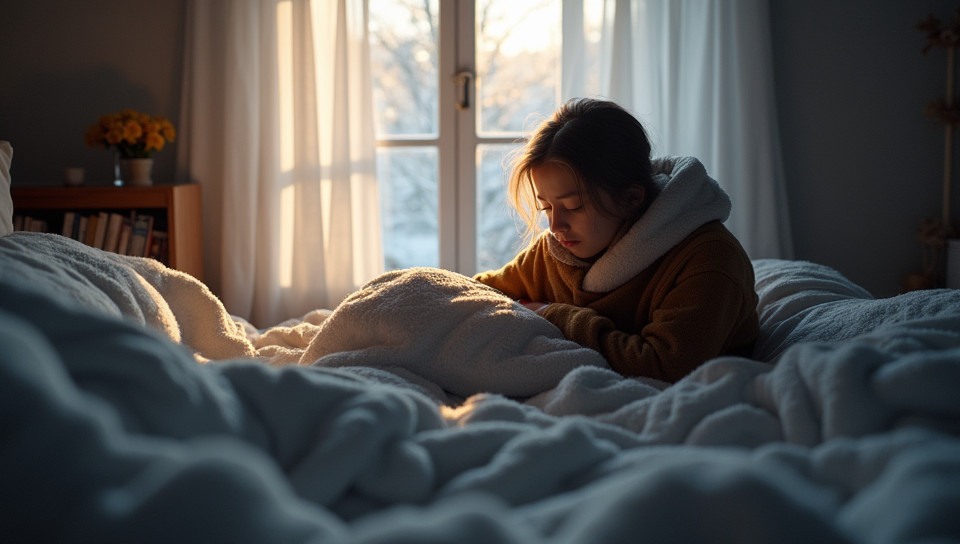Depression worsens in winter due to a lack of light 71%

The Darker Side of Winter: How Lack of Light Exacerbates Depression
As the days grow shorter and the nights colder, many of us start to feel a creeping sense of malaise that can be difficult to shake. For some, this feeling is more than just a seasonal slump – it's a serious mental health concern that requires attention and care. Research has shown that depression worsens in winter due to a lack of light, which can have devastating consequences for those who suffer from it.
The Science Behind Seasonal Affective Disorder (SAD)
Seasonal affective disorder is a type of depression that occurs at the same time every year, typically during the winter months. It's estimated that up to 10% of people in the United States experience SAD each year, with symptoms including feelings of sadness, lethargy, and social withdrawal.
The Role of Light in Regulating Our Mood
Light has a profound impact on our mood and cognitive function. When light enters the eye, it sends signals to the brain that help regulate our circadian rhythms, or internal clock. During the winter months, when sunlight is scarce, this can lead to a disruption in these natural rhythms, resulting in feelings of fatigue, irritability, and depression.
- Symptoms of SAD may include:
- Feeling sad or hopeless
- Loss of energy or interest in activities
- Weight gain or loss
- Difficulty sleeping or oversleeping
- Social withdrawal
Coping with Winter Depression: Strategies for Staying Well
While the lack of light can make it more challenging to manage symptoms, there are several strategies that can help. These include:
- Getting outside during peak sunlight hours (usually between 10am and 3pm)
- Using a light therapy box or lamp specifically designed to mimic natural daylight
- Engaging in regular exercise or physical activity to boost mood and energy levels
- Practicing relaxation techniques, such as meditation or deep breathing, to manage stress and anxiety
Conclusion
Depression worsens in winter due to a lack of light is not just a phrase – it's a reality for millions of people around the world. By understanding the science behind SAD and taking steps to cope with its symptoms, we can work towards staying well during the darker months ahead.
- Created by: Hugo Simon
- Created at: Feb. 16, 2025, 11:55 p.m.
- ID: 20182



